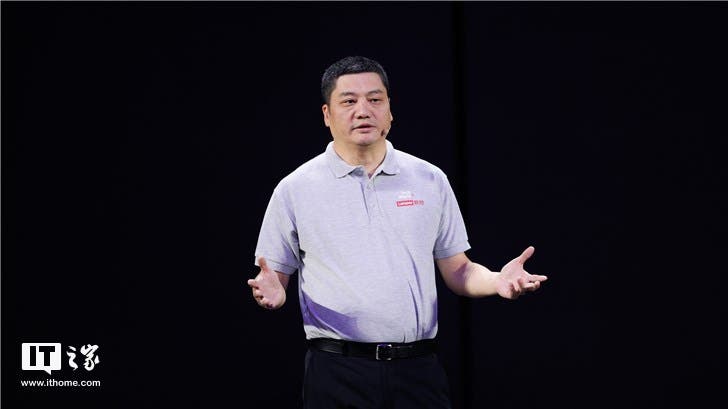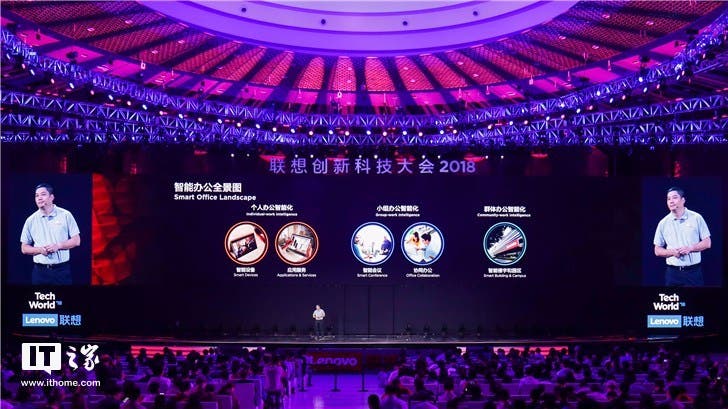This morning, the Lenovo Tech World Conference (Lenovo Tech World) was held in Beijing. Jia Zhaohui, senior vice president of Lenovo Group and president of the personal computer and smart device group, presented a series of smart office application scenarios and creatively proposed the concept of ‘smart computer’. With the ‘smart computer’, Lenovo wants to solve the intelligentization of the office environment and propose more efficient and high-energy solutions to improve work efficiency.

However, Lenovo’s multi-year data analysis shows that there are eight different pain points in the office environment related to the meeting scenes of different parties and multiple participants:
- There is no effective reminder before the meeting, and the participation is not on time;
- Because the password authentication process is cumbersome, it is not easy to log in to the conference device;
- Keyboard or numeric keypad operation is not convenient to join and manage meetings;
- There is no convenient way to synchronize display and collaborative modification of meeting materials;
- Communication between multilingual participants is inefficient;
- In most cases, there is no complete meeting summary.
- There is no feasible tracking method for the implementation of the conclusions of the meeting;
- There is no systematic follow-up meeting arrangement method.
So is the smart office is going to solve the problem?
The ‘Smart Office Solution’ is proposed by Lenovo. After more than three years of research and development, the program includes the concept of ‘smart office panorama’ including personal office intelligence, collaborative office intelligence, intelligent buildings, and smart properties.
Using the Lenovo smart conference device ‘ThinkSmart Hub500’ and the Lenovo Intelligent Conference System (under development), Lenovo has ‘added’ a virtual office assistant to send an automatic meeting reminder to the participants before the meeting starts. Participants log in through biometric authentication, such as the commonly used ‘brush face’ for identification and security authentication, and enter the conference system.
This conference system supports voice control operations. Participants do not need to click on the computer. They only need to communicate with the ‘virtual office assistant’ in natural language, and the intelligent conference system can perform various tasks.
In addition, Lenovo’s smart whiteboard provides a common discussion environment for participants around the world. The screens of all parties are kept in sync. After the meeting, the conference system can form smart meeting summaries according to the key points, send an email to the participants, and perform task tracking. For the pending matters raised at the meeting, a reminder of the schedule is established and sent to the participants.
At the conference, Lenovo also announced the birth of the first generation of ‘smart computers’, which will help to improve office productivity. The Thinkpad X1 Hermit is equipped with an infrared camera and some models equipped with an IR lens. This is done to provide a brush face registration, which brings efficiency.
Lenovo also demonstrated the design of the future AR smart office, such as the combination of multiple large-size virtual screens, life-like virtual personal assistants, immersive teleconferencing, etc., and said that it will become a reality in the next three to five years.





